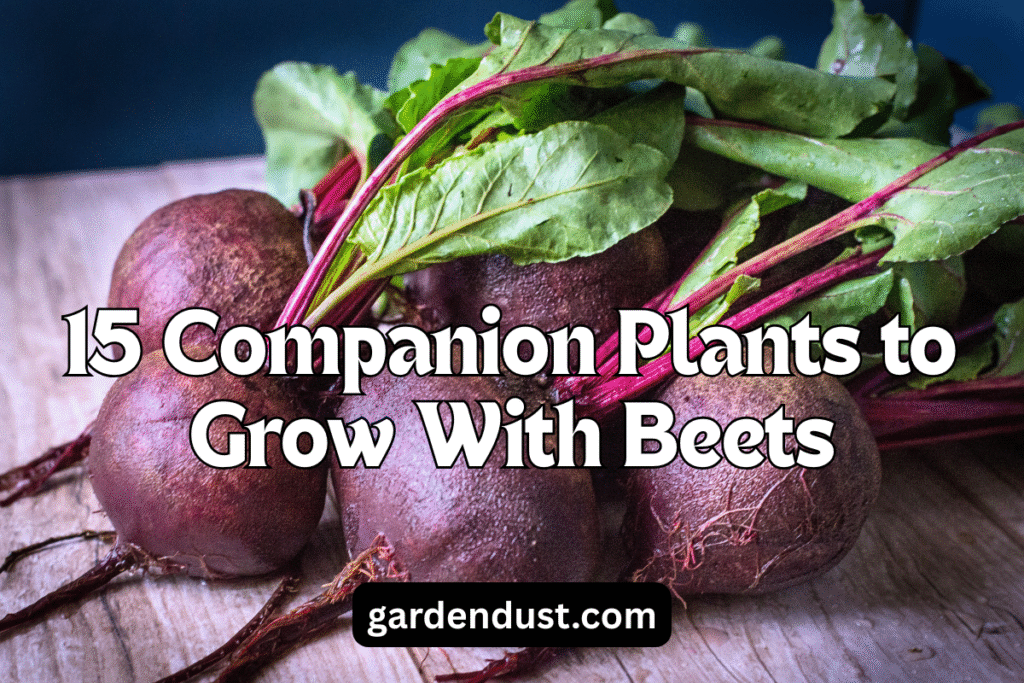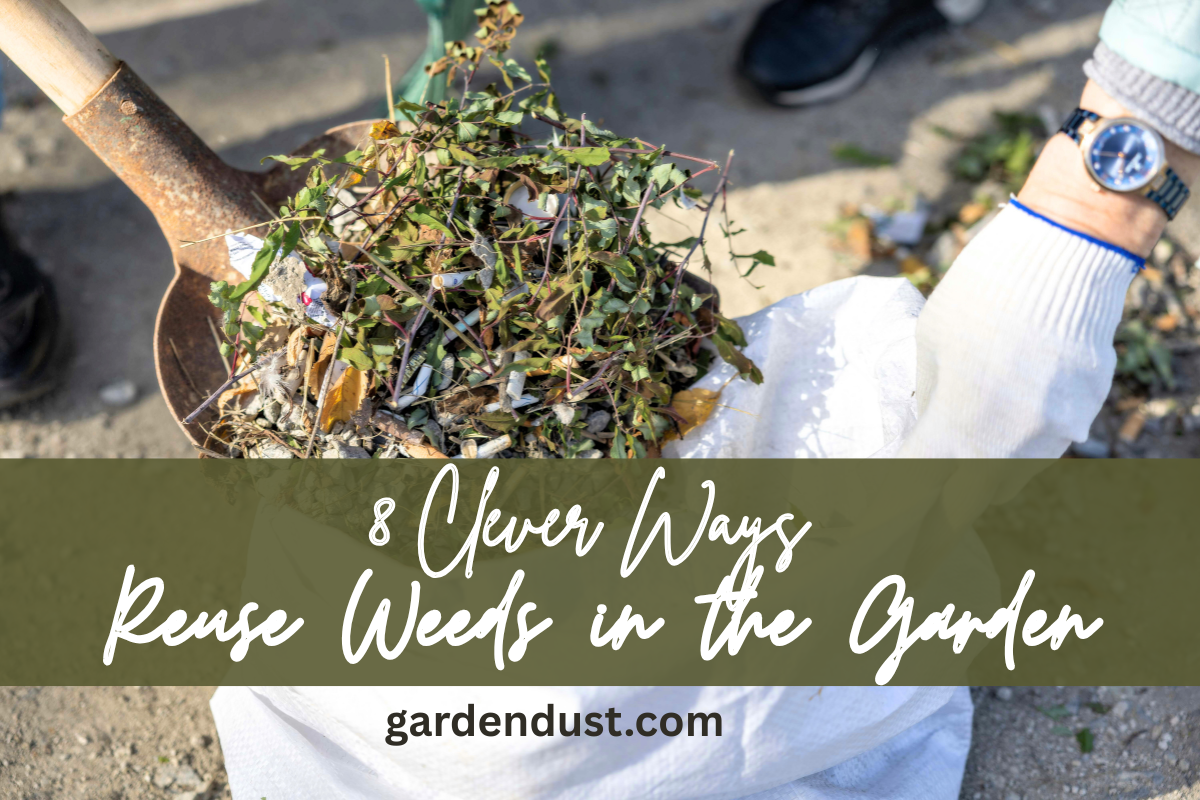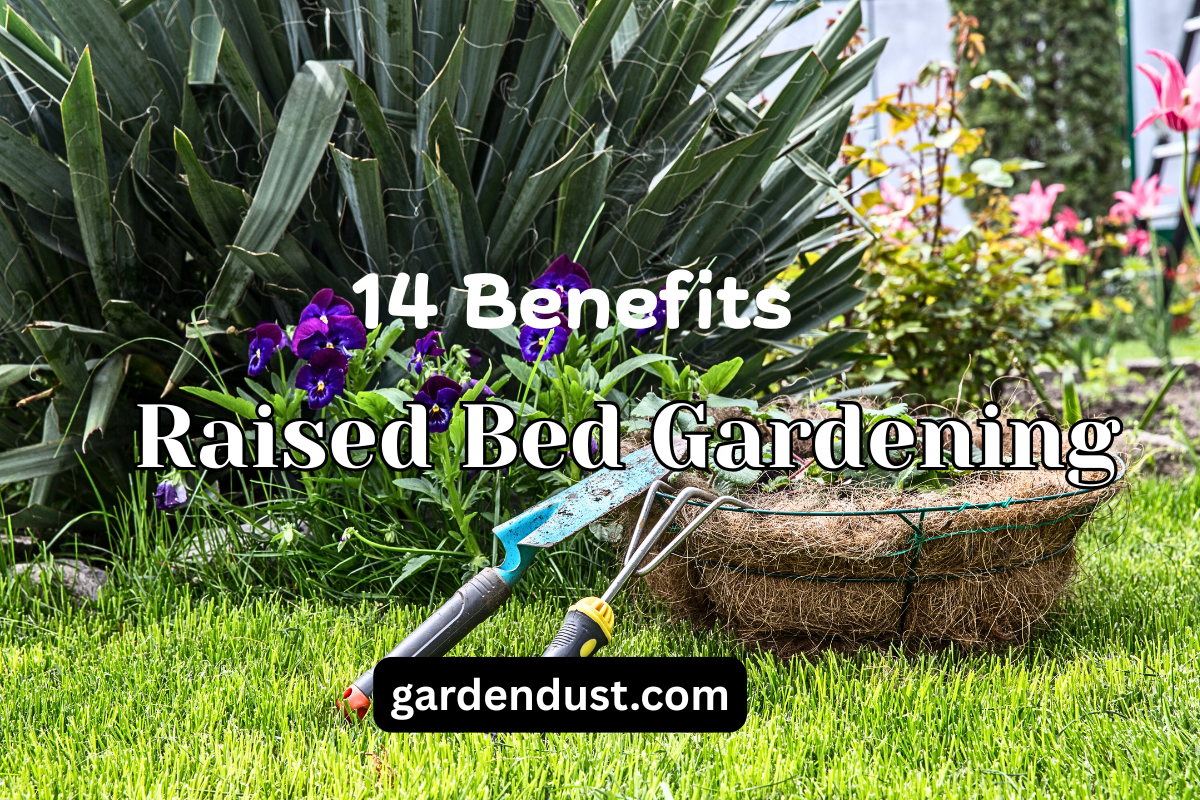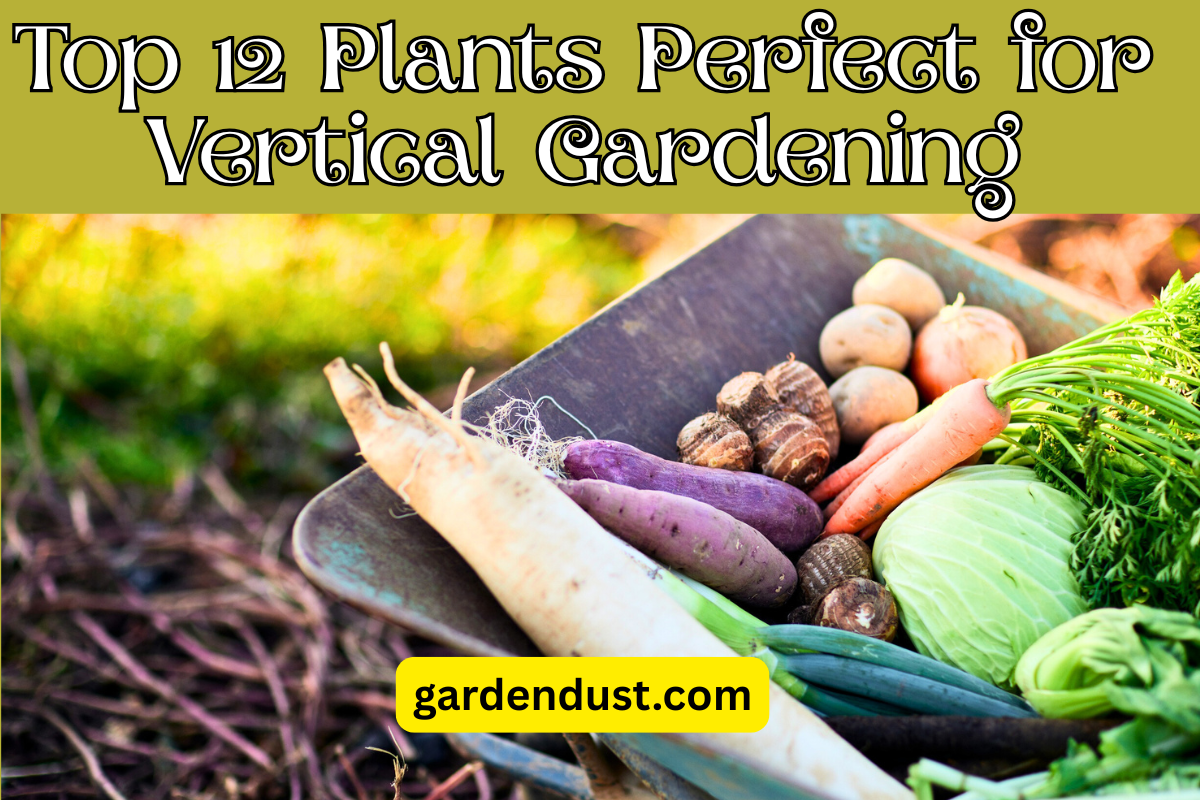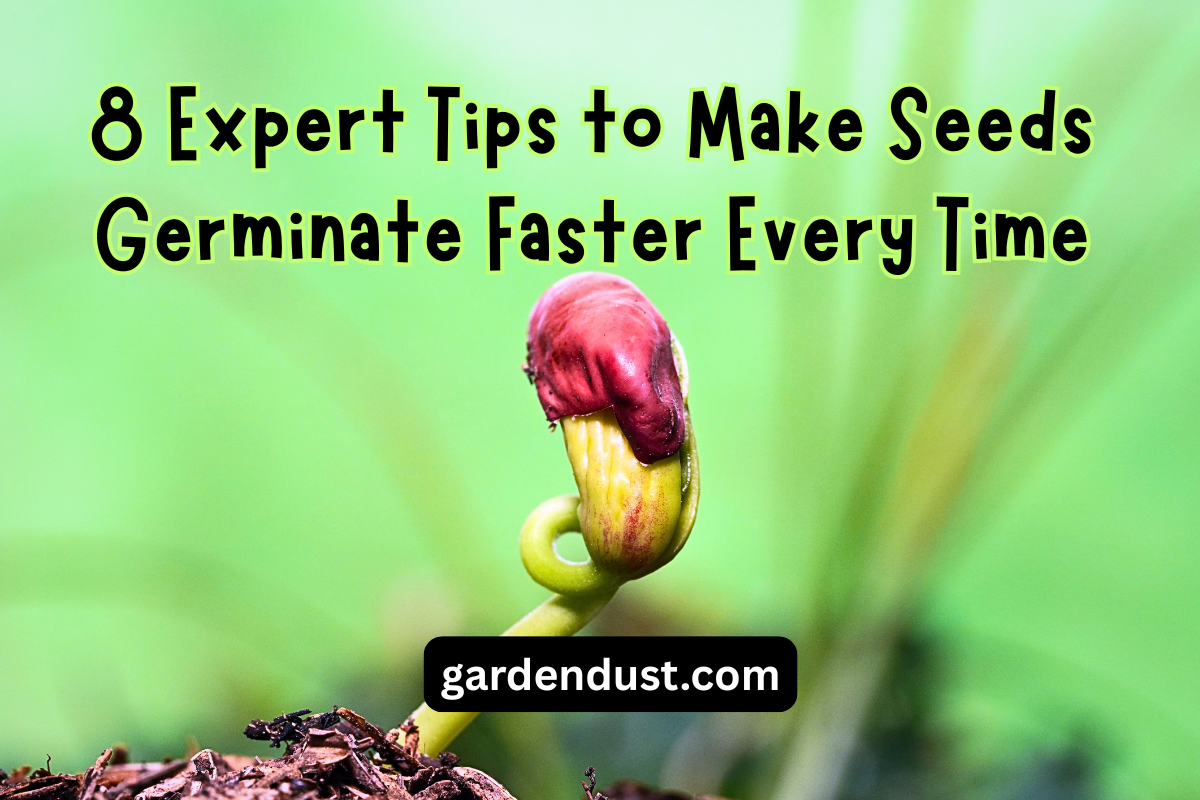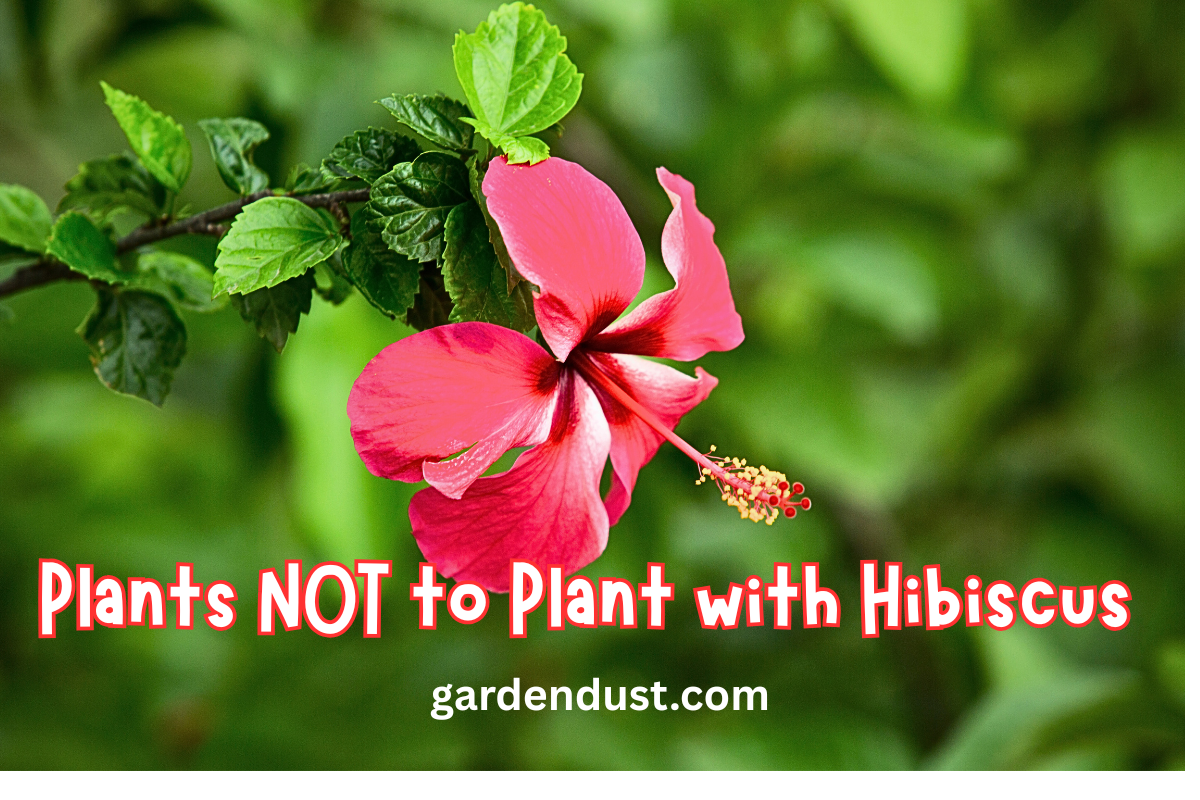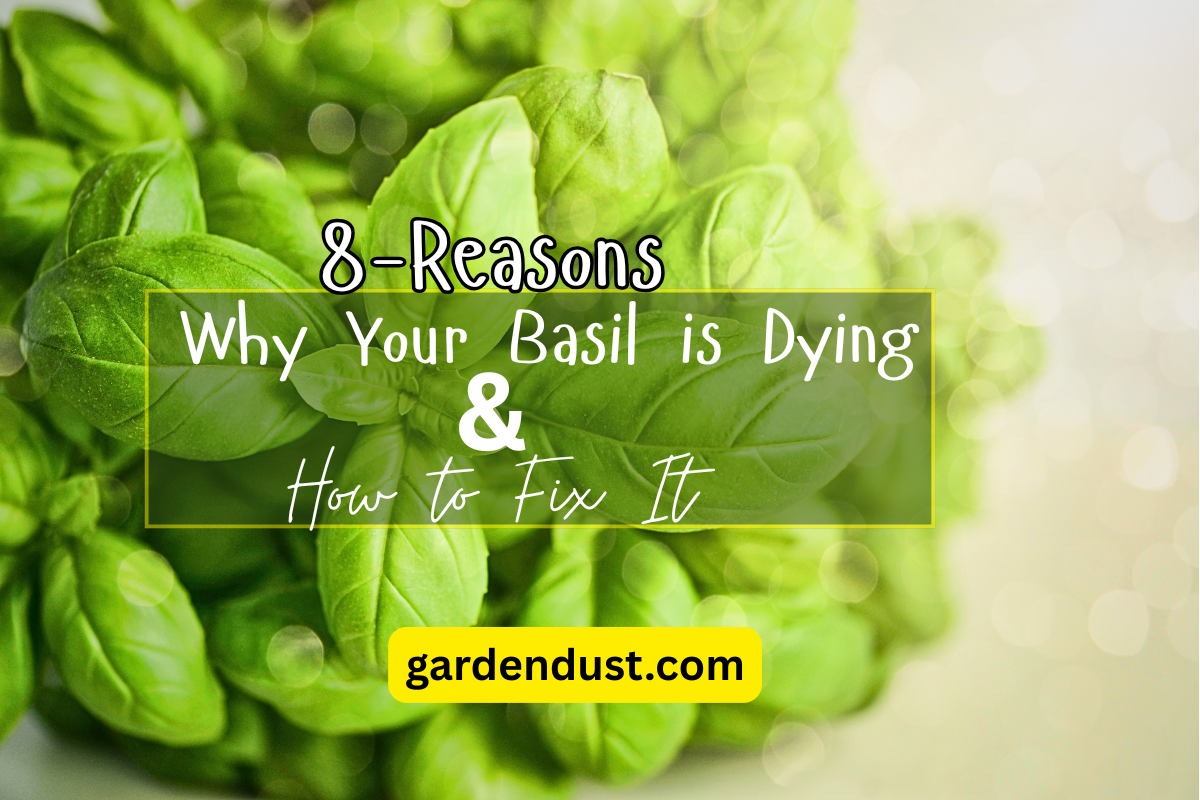Beets (Beta vulgaris) are beloved in home gardens for their earthy flavor, vibrant color, and rich nutritional content. These cool-season vegetables are easy to grow, relatively pest-resistant, and thrive in a variety of climates. However, like all crops, beets benefit from the strategic placement of other plants nearby—a practice known as companion planting.
Companion planting isn’t just folklore; it’s backed by centuries of observation and modern research. When done right, companion planting can:
- Improve soil health
- Deter pests
- Attract beneficial insects
- Optimize space usage
- Enhance flavor and yield
This in-depth guide explores 15 of the best companion plants to grow with beets. Each pairing includes detailed explanations of the benefits, potential cautions, and expert tips for gardening success.
1. Onions (Allium cepa)
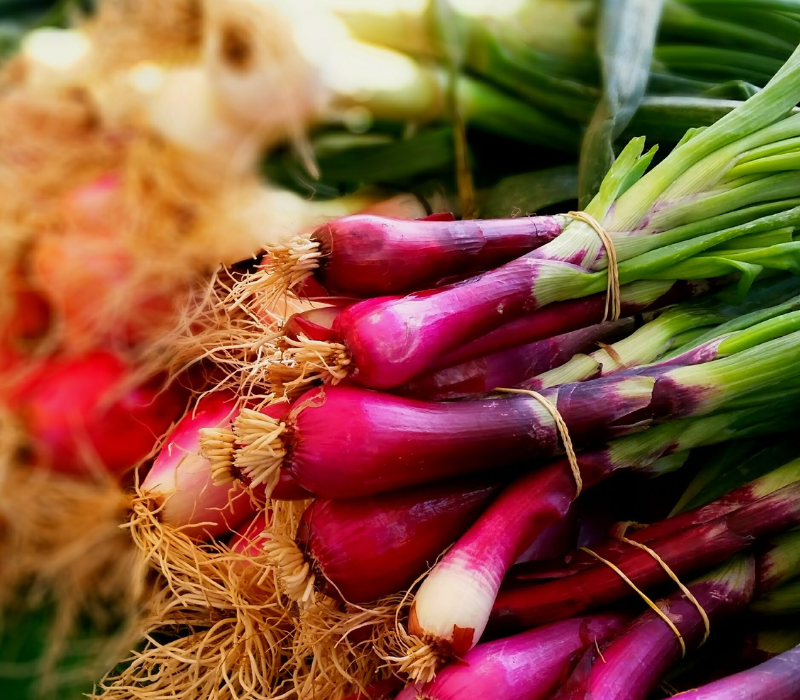
Benefits:
- Onions and beets are excellent neighbors. The pungent aroma of onions masks the scent of beets from insect pests like aphids, flea beetles, and thrips.
- Onions naturally repel many beet-loving pests.
- Minimal competition for nutrients since onions are shallow-rooted.
- Can be densely interplanted between beet rows.
Tips:
Plant onions slightly offset from beet rows to allow both bulbs to mature properly. Onions also benefit from the slightly acidic to neutral pH that beets prefer.
2. Bush Beans (Phaseolus vulgaris)

Benefits:
- Bush beans are nitrogen-fixers, meaning they convert atmospheric nitrogen into a usable form for plants—perfect for beetroot growth.
- Beets are heavy feeders, especially of nitrogen in early growth.
- Bush beans help reduce soil compaction and improve structure.
- The low-growing nature of bush beans avoids shading beets.
Caution:
Avoid pole beans, as their climbing nature and expansive root systems can crowd out beets and reduce airflow.
3. Garlic (Allium sativum)

Benefits:
- Garlic is another pest-repelling powerhouse. It releases sulfur compounds into the soil and air that deter many pests, including aphids, root maggots, and leaf miners.
- Both garlic and beets enjoy similar spacing and light conditions.
- Helps reduce fungal problems in dense garden beds.
- Great for interplanting in tight spaces.
Tips:
Use garlic as a border plant around beet beds or interplant with staggered harvest dates.
4. Lettuce (Lactuca sativa)

Benefits:
- Lettuce is a cool-season leafy crop that grows rapidly and shallowly, making it perfect for planting between beet rows.
- Acts as a living mulch by shading soil and retaining moisture.
- No competition with beet roots.
- Fast-growing—harvested before beets reach full size.
Tips:
Choose loose-leaf or butterhead lettuce for better soil coverage. Avoid crowding by harvesting outer leaves regularly.
5. Cabbage (Brassica oleracea var. capitata)

Benefits:
- Cabbage and other brassicas benefit from the minerals beets help release into the soil, especially boron and magnesium.
- Cabbage roots grow wider, while beets go deeper.
- Beets can improve the flavor of nearby cabbage.
- Deters cabbage loopers and other brassica pests when paired with beets and alliums.
Tips:
Space your cabbage adequately—each plant can spread up to 2 feet wide and may otherwise shade beets too heavily.
6. Radishes (Raphanus sativus)

Benefits:
- Radishes grow very fast—many varieties mature in just 3-4 weeks. When planted with beets, they help break up the soil and act as a decoy crop.
- Sacrificial crop for flea beetles and other chewing insects.
- Loosens soil for beetroot expansion.
- Allows continuous harvest and better garden utilization.
Tips:
Plant radishes alongside beets early in the season. Remove them by the time beet roots begin to swell.
7. Chives (Allium schoenoprasum)

Benefits:
- Chives offer similar benefits to onions and garlic, emitting strong-smelling compounds that mask beets from pests.
- Repels aphids and Japanese beetles.
- Attracts pollinators with its purple blooms.
- Can grow as a border or divider in the beet bed.
Tips:
Chives can reseed and spread, so trim flowers regularly. They’re also great in containers if managing spread is an issue.
8. Nasturtiums (Tropaeolum majus)
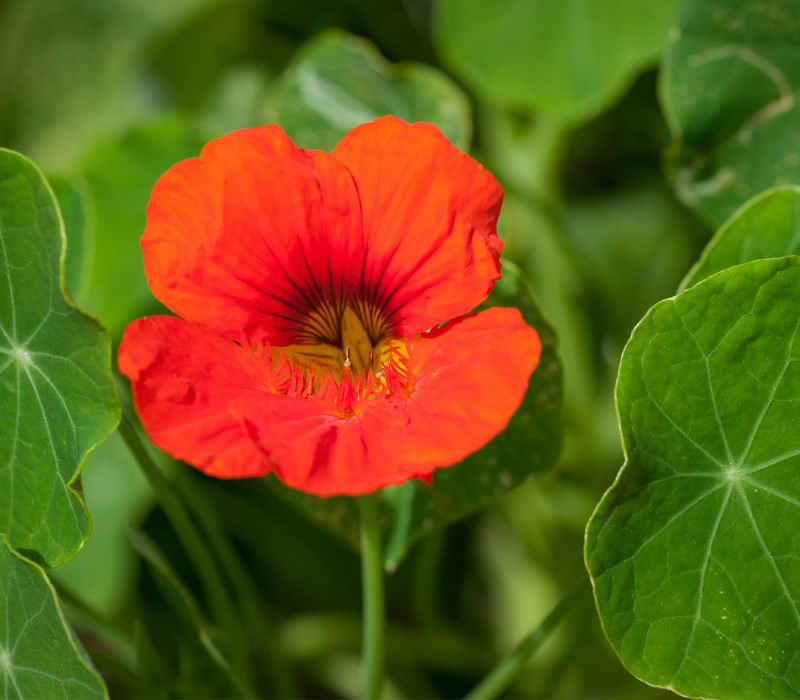
Benefits:
- This vibrant flowering plant is both beautiful and functional. It serves as a trap crop, attracting aphids and beetles away from beets.
- Draws in pests like aphids, leaf miners, and squash bugs.
- Attracts pollinators and beneficial insects like hoverflies.
- Acts as living mulch to suppress weeds and retain soil moisture.
Tips:
Plant nasturtiums around beet bed borders. Allow them to sprawl, but trim them if they begin to overshadow the beets.
9. Marigolds (Tagetes spp.)

Benefits:
- Marigolds are a garden classic for a reason. They produce a chemical called thiophene, which deters root nematodes and other pests.
- Repels harmful nematodes, whiteflies, and aphids.
- Their scent masks the aroma of beet greens.
- Adds bright color and pollinator activity.
Tips:
French marigolds (Tagetes patula) are best for pest control. Avoid African marigolds if you’re short on space, as they grow quite large.
10. Spinach (Spinacia oleracea)

Benefits:
- Spinach is another cool-season crop that thrives under similar conditions as beets. It grows quickly and densely, making it ideal for intercropping.
- Provides shade for soil to reduce water loss.
- Can be harvested early, leaving room for beets to mature.
- Doesn’t compete heavily for nutrients.
Tips:
Harvest spinach regularly to avoid bolting, especially in warmer temperatures. Ideal for spring or fall planting.
11. Kale (Brassica oleracea var. sabellica)

Benefits:
- Kale is hardy, nutritious, and excellent at attracting beneficial insects. Its bushy foliage can also protect young beet seedlings from harsh sun.
- Draws in parasitic wasps and ladybugs that prey on aphids.
- Compatible soil and water needs.
- Strong, fibrous roots help structure soil.
Tips:
Kale grows large, so provide adequate spacing (about 12-18 inches apart). Ideal for early-season planting when shade protection is needed.
12. Mint (Mentha spp.) (Use with caution)
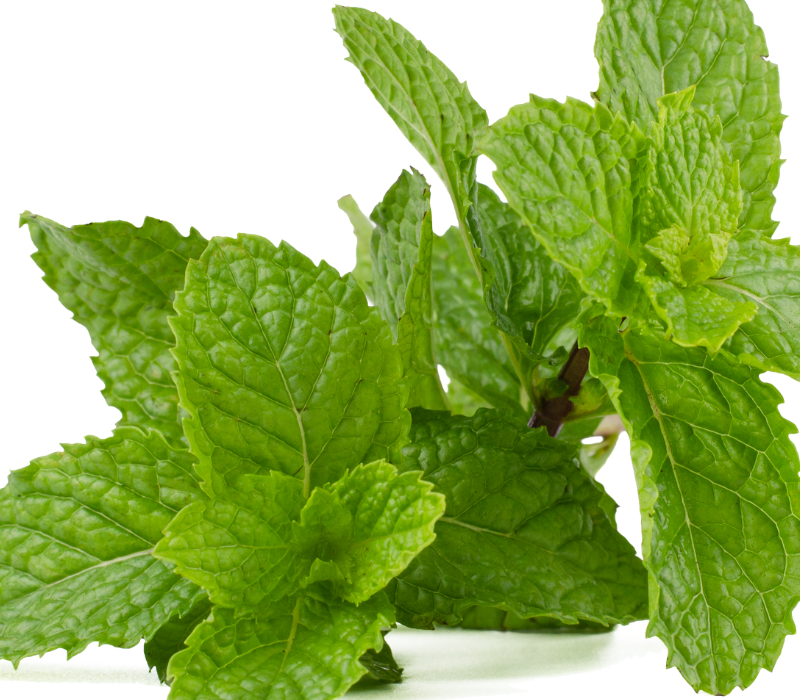
Benefits:
Mint’s strong aroma repels many common pests like ants, aphids, and flea beetles. It can help create a natural pest barrier around your beets.
- Effective at masking beet scent from pests.
- Attracts pollinators when flowering.
- Also suppresses weeds.
Caution:
Mint is invasive. Plant it only in containers near beets or in a dedicated area where it can’t overtake your garden.
13. Broccoli (Brassica oleracea var. italica)

Benefits:
Broccoli is a heavy feeder like beets but has a different root structure and growth habit, allowing both to thrive in the same space.
- Beets enrich the soil with boron, which broccoli needs.
- Improves soil aeration when planted together.
- Attracts predatory insects to help with pest management.
Tips:
Add compost when growing these two together to keep up with their nutrient demands. Watch spacing—broccoli needs a lot of room.
14. Dill (Anethum graveolens)
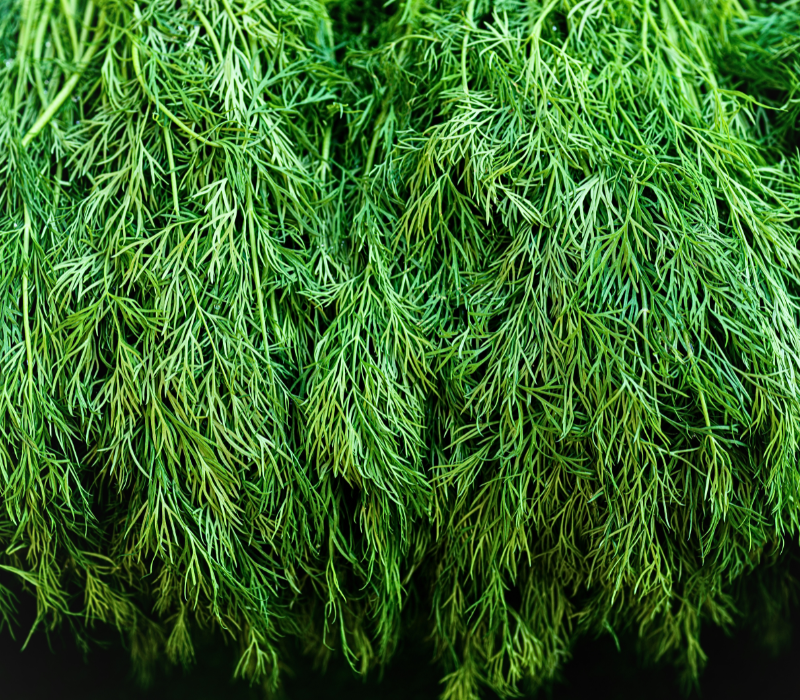
Benefits:
- Dill is an herb that pulls double duty in the garden—it repels pests like spider mites and draws in beneficial insects like ladybugs, lacewings, and parasitic wasps.
- Enhances pollination rates by attracting beneficials.
- Doesn’t compete for root space.
- Deters aphids and other sap-sucking insects.
Tips:
Avoid letting dill go to seed unless you want it to naturalize. Companion planting dill near flowering beets can be especially helpful for attracting pollinators.
15. Sweet Alyssum (Lobularia maritima)

Benefits:
Sweet alyssum is a delicate flowering plant that acts as a ground cover and pollinator magnet. It helps improve the microclimate around beet plants.
- Lures in hoverflies and parasitic wasps.
- Suppresses weeds by covering bare soil.
- Provides erosion control in sloped or raised beds.
Tips:
Plant between rows or around beet beds as a living mulch. Needs full to partial sun and moist, well-draining soil.
Plants to Avoid Growing With Beets
Not all plants are compatible with beets. Some interfere with their growth or attract harmful pests.
1. Pole Beans – Unlike bush beans, pole beans compete aggressively for nutrients and light. They may also hinder beetroot development.
2. Mustard Greens – These compete for the same soil nutrients and may attract pests that damage both crops.
3. Field Mustard/Charlock – Members of the mustard family can encourage root maggots and flea beetles.
4. Fennel – Inhibits the growth of many plants, including beets, due to allelopathic compounds.
Designing a Beet Companion Garden Layout
To get the most out of companion planting, consider a garden design that groups beneficial plants based on growth habits:
Option A: Interplant Rows
Row 1: Beets
Row 2: Lettuce/Spinach
Row 3: Onions or Garlic
Row 4: Marigolds or Nasturtiums
Option B: Square-Foot Garden Style
Use a 4’x4’ raised bed with 12” grid spacing:
Center: Beets
Corners: Chives or Marigolds
Borders: Bush Beans and Lettuce
Option C: Container Gardening
Grow beets in deep containers with chives or dill on the edge, and nasturtiums trailing down the sides.
Bonus Tips for Companion Planting with Beets
- Succession Planting: Beets mature in 55–70 days. Sow a new batch every 2–3 weeks for continuous harvests.
- Soil Testing: Beets prefer slightly acidic to neutral soil (pH 6.0–7.0). Ensure soil has enough boron to avoid blackened, misshapen roots.
- Mulch Wisely: Use organic mulches (like straw or chopped leaves) between beets and their companions to retain moisture and suppress weeds.
- Monitor Sunlight: Most companion plants listed require 6–8 hours of sunlight—ensure no one plant overshadows others.
Conclusion
Beets are a rewarding and flexible vegetable that thrives when surrounded by the right garden companions. From pest control and soil enrichment to better yields and enhanced flavor, companion planting brings out the best in your beets—and your entire garden. Whether you choose to pair beets with bush beans for nitrogen, nasturtiums for pest control, or marigolds for nematode prevention, these thoughtful combinations can turn a basic beet patch into a thriving ecosystem. By understanding and implementing the natural relationships between plants, you’ll not only grow more productive crops but also create a healthier, more resilient garden. Happy Gardening…

